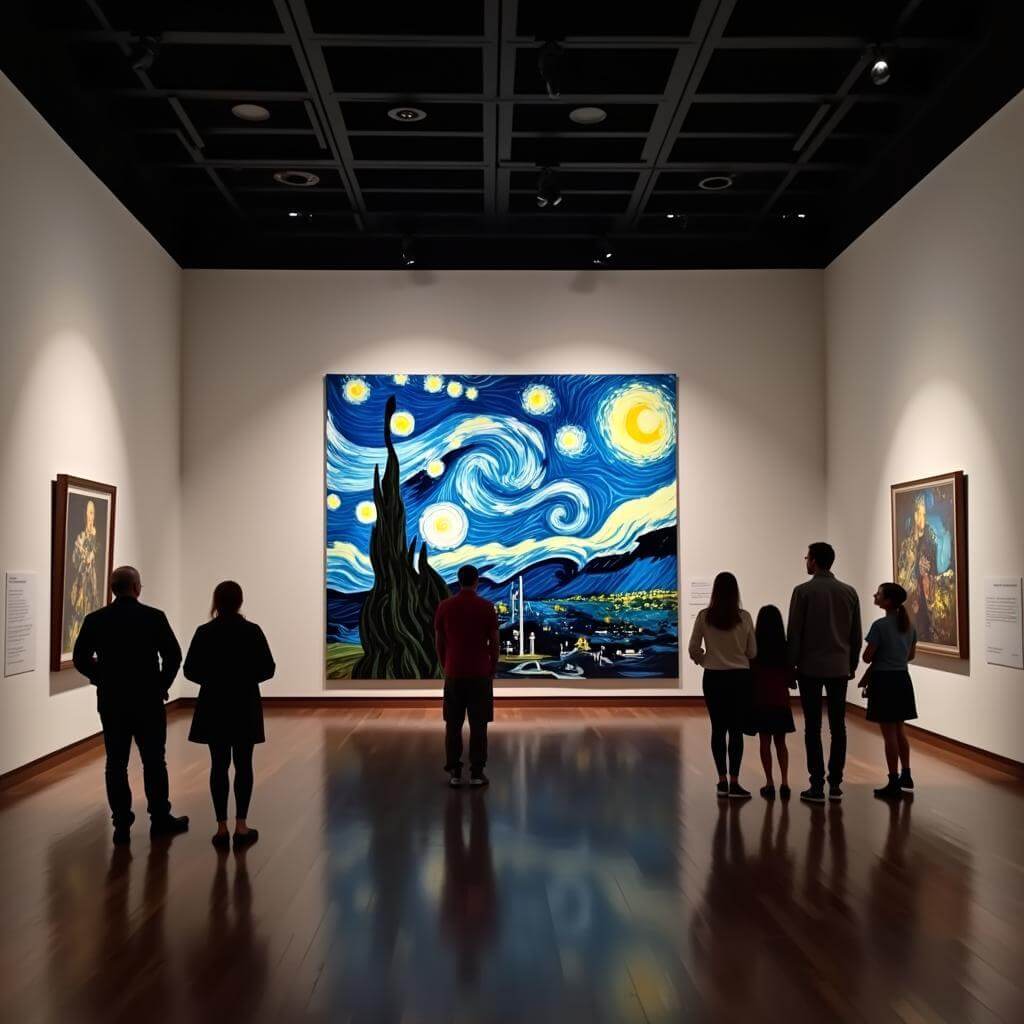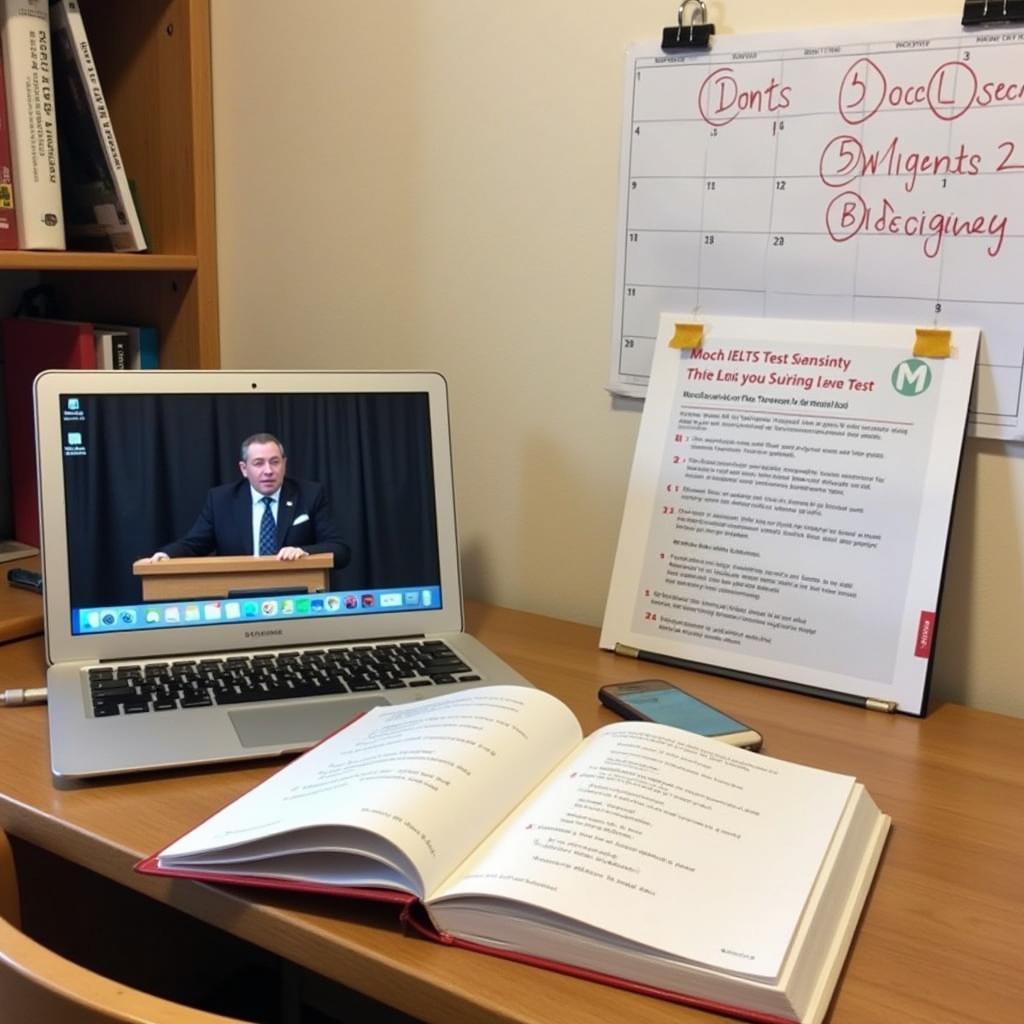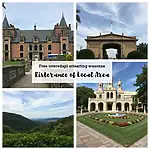Art exhibitions can be a fascinating topic to discuss in your IELTS Speaking test. This theme allows you to showcase your vocabulary, cultural knowledge, and ability to describe visual experiences. Let’s explore how you can effectively tackle questions about art exhibits in your IELTS Speaking exam.
Part 1: Introduction and Interview
In this section, the examiner may ask you general questions about art and exhibitions. Here are some possible questions and sample answers:
Examiner: Do you enjoy visiting art exhibitions?
Sample answer (Band 7-8):
“Yes, I do enjoy visiting art exhibitions. I find them to be a great way to broaden my horizons and gain new perspectives on various topics. It’s always fascinating to see how artists interpret the world around us and express their ideas through different mediums.”
describe a library you visited
Part 2: Long Turn
Here’s a sample cue card related to describing an art exhibit:
Describe an art exhibit that impressed you
You should say:
- What the exhibit was about
- Where and when you saw it
- What you saw there
- And explain why it impressed you
Sample answer (Band 8-9):
“I’d like to talk about a captivating art exhibition I visited last summer at the National Gallery in London. The exhibit was a retrospective of Vincent van Gogh’s works, showcasing his artistic journey and evolution over time.
As I entered the gallery, I was immediately struck by the vibrant colors and bold brushstrokes characteristic of Van Gogh’s style. The exhibition was thoughtfully curated, with paintings arranged chronologically, allowing visitors to trace the artist’s development from his early, darker works to his later, more colorful pieces.
One painting that particularly stood out was ‘Starry Night’. Seeing it in person was a truly awe-inspiring experience. The swirling sky and glowing stars seemed to come alive, creating a sense of movement that’s difficult to appreciate in reproductions.
What impressed me most about this exhibition was how it provided context for Van Gogh’s art. Alongside the paintings were excerpts from his letters, offering insights into his thoughts and experiences. This multifaceted approach allowed me to develop a deeper appreciation for both the artist and his work.
The exhibit also highlighted Van Gogh’s influence on modern art, showcasing works by later artists who were inspired by his techniques. This drew connections between different artistic movements, broadening my understanding of art history.
Overall, this exhibition left a lasting impression on me. It not only showcased beautiful artwork but also told a compelling story about the artist’s life and legacy. The experience rekindled my interest in art and inspired me to explore more galleries and exhibitions.”
 Art exhibition featuring Van Gogh's Starry Night
Art exhibition featuring Van Gogh's Starry Night
Follow-up questions:
Examiner: How do you think technology is changing the way we experience art exhibitions?
Sample answer (Band 8-9):
“Technology is revolutionizing the art world in numerous ways. Virtual reality and augmented reality are allowing people to experience exhibitions from anywhere in the world, breaking down geographical barriers. Interactive displays in museums are enhancing visitor engagement, providing additional information and context at the touch of a button. Moreover, digital art forms are gaining prominence, challenging traditional notions of what constitutes art. While these technological advancements offer exciting possibilities, they also raise questions about the authenticity of the viewing experience and the role of physical spaces in art appreciation.”
Part 3: Two-way Discussion
Examiner: How do you think art exhibitions contribute to a city’s cultural life?
Sample answer (Band 8-9):
“Art exhibitions play a pivotal role in enriching a city’s cultural landscape. They serve as platforms for creative expression, allowing artists to showcase their talents and share their perspectives with the public. These events often attract tourists, boosting the local economy and putting the city on the cultural map.
Moreover, exhibitions can spark conversations about important social issues, fostering critical thinking and promoting dialogue among community members. They provide opportunities for people from diverse backgrounds to come together and experience art collectively, which can strengthen social bonds and promote cultural understanding.
Art exhibitions also contribute to education, offering visitors the chance to learn about different artistic styles, historical periods, and cultures. This exposure to diverse ideas can broaden horizons and inspire creativity in other areas of life and work.
Furthermore, regular art exhibitions can help cultivate a thriving arts scene, encouraging more artists to work and live in the city. This, in turn, can lead to the development of creative hubs and innovative industries, enhancing the city’s overall vibrancy and appeal.”
describe a sports match you attended recently
Key Vocabulary and Phrases
To achieve a high score in your IELTS Speaking test when discussing art exhibitions, consider using these sophisticated words and phrases:
-
Captivating (adjective) /ˈkæptɪveɪtɪŋ/ – Very attractive and interesting
Example: “The exhibition featured a captivating collection of contemporary sculptures.” -
Thought-provoking (adjective) /ˈθɔːt prəˌvoʊkɪŋ/ – Stimulating careful consideration or attention
Example: “The artist’s use of unconventional materials was truly thought-provoking.” -
Juxtaposition (noun) /ˌdʒʌkstəpəˈzɪʃn/ – The act of placing things side by side, especially for comparison or contrast
Example: “The juxtaposition of classical and modern artworks created an interesting dialogue.” -
Avant-garde (adjective) /ˌævɒ̃ˈɡɑːd/ – New and experimental ideas and methods in art, music, or literature
Example: “The exhibition showcased avant-garde pieces that challenged traditional artistic norms.” -
Curator (noun) /kjʊəˈreɪtə(r)/ – A person who is in charge of the objects or works of art in a museum or art gallery
Example: “The curator’s selection of artworks provided a comprehensive overview of the artist’s career.”
describe a building you visited that left a strong impression
Tips from an IELTS Examiner
As an IELTS examiner, I recommend the following strategies to excel in the Speaking test when discussing art exhibitions:
-
Develop a rich vocabulary: Familiarize yourself with art-related terms and descriptive language. This will help you articulate your thoughts more precisely and impressively.
-
Practice describing visual elements: Regularly visit galleries or look at art online and practice describing what you see in detail. This will enhance your ability to convey visual information effectively.
-
Stay informed about current exhibitions: Keep up with major art events worldwide. This knowledge can be valuable for providing relevant examples during your test.
-
Use personal anecdotes: Relate your experiences with art exhibitions to make your answers more engaging and authentic.
-
Structure your responses: Organize your thoughts logically, especially in Part 2. Use linking words to connect your ideas smoothly.
-
Express opinions confidently: Don’t be afraid to share your thoughts on art. The examiner is interested in your ability to communicate ideas, not your art expertise.
-
Elaborate on your answers: Provide reasons and examples to support your statements. This demonstrates your ability to develop ideas fully.
-
Pay attention to pronunciation and intonation: Clear pronunciation and natural intonation can significantly enhance the overall impression of your speaking skills.
By incorporating these strategies and using sophisticated vocabulary, you can significantly improve your performance in the IELTS Speaking test when discussing art exhibitions or any related topics.
describe a memorable day at school
 IELTS Speaking Test Preparation
IELTS Speaking Test Preparation
Remember, the key to success in the IELTS Speaking test is not just about knowing the right words, but about using them naturally and confidently to express your ideas. Regular practice and exposure to a wide range of art-related content will help you achieve this goal.


